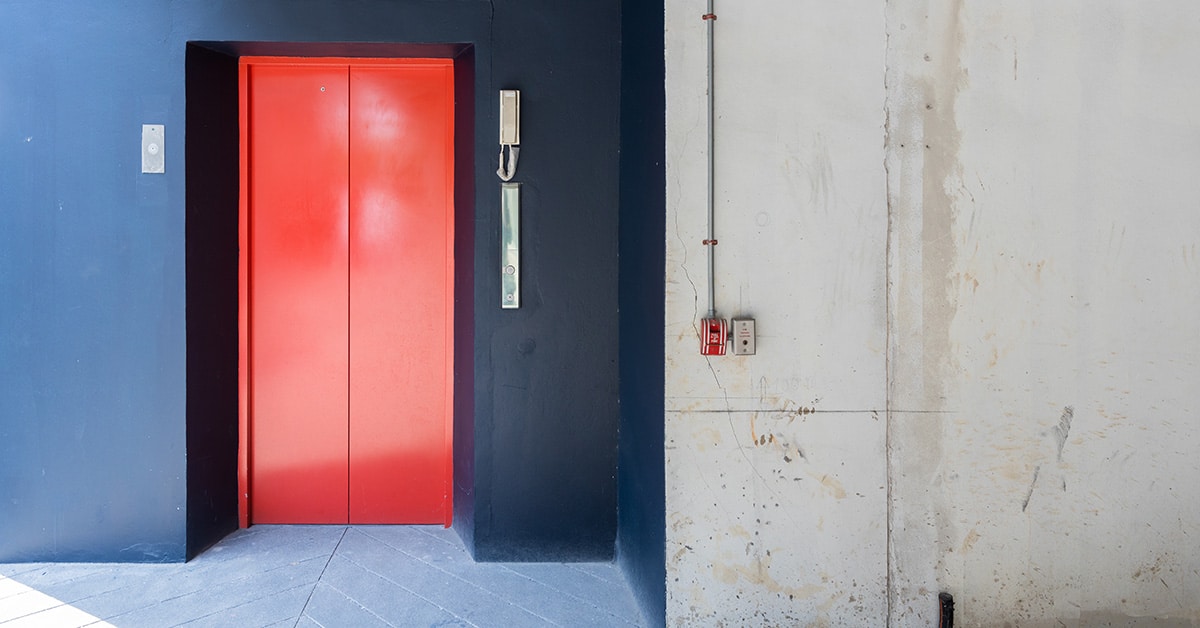Owning or managing a building comes with all manner of responsibilities in terms of maintenance and inspections. The elevators in a building are no exception. In addition to regular maintenance and necessary repairs, elevators are “licensed” and must receive an annual inspection to qualify for operation. That process allows the elevator to be properly “licensed.”
“How does that work?” you ask. According to the State of Texas (and most states), it is the responsibility of the building owner/manager to make sure that happens each year to be compliant. Often, your elevator maintenance provider or previous inspection company will help to remind you. We are familiar with the notifications that remind us to register our vehicles each year; the state will also send out these reminders. Therefore, it is essential to pay attention to those reminders and take care of them promptly.
What to Expect During an Inspection
An elevator inspection requires a licensed elevator inspector to witness the test and an elevator technician to perform the test. The building owner or manager chooses the elevator inspector to ensure fair and accurate reporting. The inspection will come with an additional cost that is paid directly to the inspector for their time and service by the owner/manager. Similarly, a qualified elevator mechanic for a licensed elevator contractor will perform the testing for the inspection. Typically, “full maintenance” or “fm” elevator contracts include this service at no additional cost.
The purpose of an annual inspection on elevator equipment is to ensure the safe and effective operation of all vertical transportation. This requirement includes electric and hydraulic elevators, wheelchair lifts, escalators, and anything that is open to the public for use. For elevator inspections in Texas, this will consist of the following:
- Making sure that phones are working and will reach someone in the case of an emergency.
- Checking that all applicable Fire Service Equipment is functional in the case of a fire.
- Assessing that all hoist ropes are compliant.
- Testing that all emergency lights and alarm bells are working appropriately.
- Assuring that all emergency stopping devices are working withing required parameters. This assessment includes stressing the equipment beyond normal limits in order to check for its reliability should something happen.
Traction Elevators
In electric, or traction elevators, there is an additional requirement that every five years it should have a “full-load test.” This test involves loading the elevator with test weights to capacity plus an additional 25%. The elevator is then given a down call and must run down and stop at floor level. The governor is also tripped during the test, and the safeties are checked for code compliance. This test can be very time-consuming in order to load weights in and out of the elevator and reset all safeties after testing.
Hydraulic Elevators
Hydraulic systems are a bit different. Hydraulic elevators rely on pressure to run up and release this pressure to lower the elevator platform. Annual tests are performed with no load in the car. A gauge is attached to the hydraulic valve that measures pressure. The elevator pressures are taken at normal running speed. The car is then run to its topmost limit, and the oil is allowed to bypass. This tests the integrity of all hoistway, pit piping, and the integrity of the hydraulic jack in the ground.
Certificate of Compliance
Once all testing is done, the state inspector will provide a report of inspection to the building owner/manager. This report will then be sent to the Authority Having Jurisdiction (“AHJ”) which is the Texas Department of Licensing and Regulation(TDLR). TDLR requires a fee as part of the licensing process. After processing, the building owner/manager will be issued a Certificate of Compliance to be posted either within the elevator cab or in a different visible location. Should there be any violations noted on the inspection report, it is the responsibility of the building owner/manager to clear them as soon as possible to avoid repeat violations.
As always, your elevator maintenance provider is there to assist with the navigation of this process, help recommend a state inspector if needed, perform the actual testing, and help with repairs as required. We hope the above may prove helpful to those wishing to understand the process of elevator inspections in Texas. The licensing of elevators is a relatively new development, with most states beginning approximately 20 years ago. So, it is understandable that the process is often misunderstood. However, we hope that the actual safety testing procedures are much older and developed to ensure safe travel for the riding public. Thanks for your time in reading this post.

